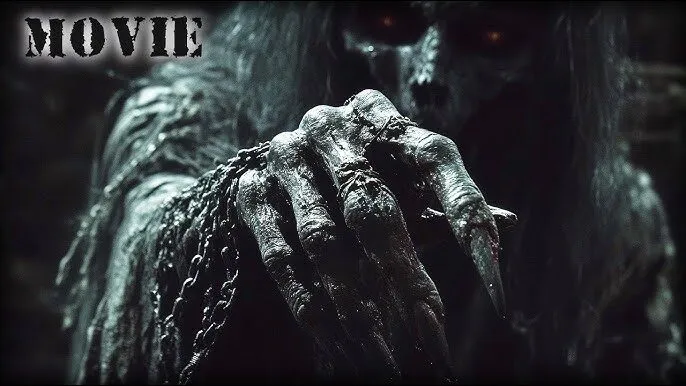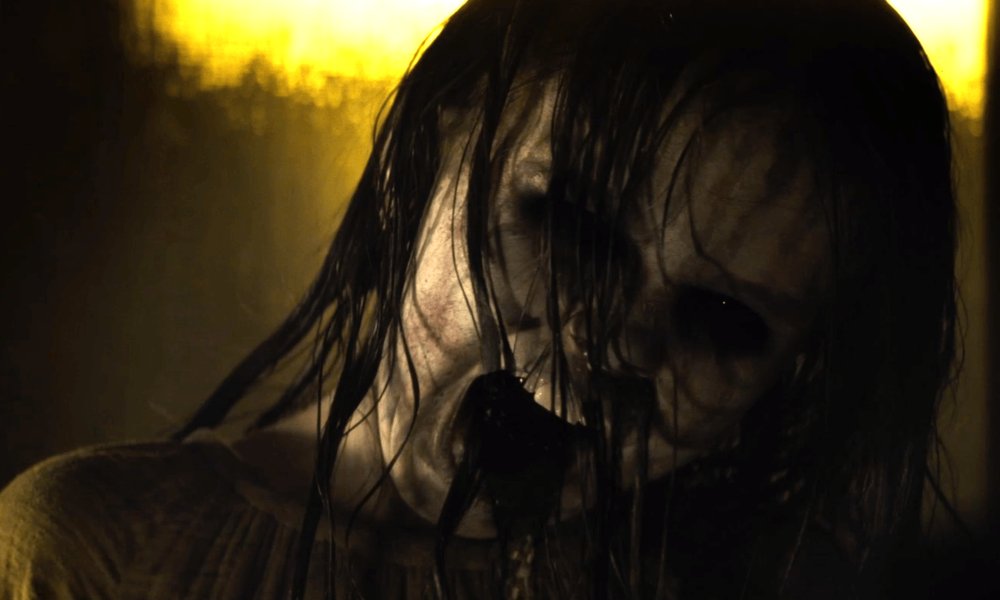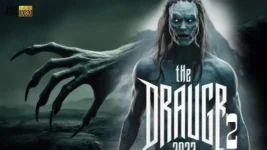The Draugr (2024) Full Movie | Gerard Butler | Lena Headey | Ralph Fiennes | Mads Mikkelsen
May 21, 2025
The Draugr (2025): A Haunting Descent into the Frozen Soul of Vengeance and Myth
Some stories don’t just unfold — they awaken something ancient. The Draugr, a sweeping Norse horror epic cloaked in existential dread and moral rot, emerges like a half-frozen curse from the bowels of forgotten folklore. It is a cinematic incantation — eerie, elegant, and brutally poetic — where vengeance decays the soul and the dead never truly rest.
Set in a wind-lashed Scandinavian wilderness long before time cared to name itself, this film delivers a chilling symphony of betrayal, blood, and supernatural fury. Directed with hypnotic restraint, The Draugr summons the raw power of myth and memory, letting it seep slowly into the skin like northern frost. Gerard Butler leads an ensemble of towering performances, but make no mistake — this isn’t a movie about action. It’s about reckoning.
This is storytelling for the marrow — not just the mind. A descent not into darkness, but into the kind of silence only the dead understand.

Plot Summary
In the 10th century, amidst the relentless winter fog of northern Fjordland, a fallen warlord named Eirik (Gerard Butler) returns from exile upon hearing whispers of his son’s mysterious death in a remote mountain village. The locals speak in hushed tones of a ghost — a Draugr — risen from the barrow mounds to take vengeance on the living. But the legends are older than memory, and their truths, far more dangerous.
Eirik, carrying more guilt than armor, reunites with Astrid (Lena Headey), a once-powerful seer now scorned as a witch. Together, they retrace a cursed bloodline through half-buried ruins and ruined faith. But as the signs grow darker, Eirik begins to suspect the Draugr is not a tale… but kin.
In a parallel thread, a zealous bishop (Ralph Fiennes) and a pagan inquisitor (Mads Mikkelsen) each pursue the creature — one seeking salvation through fire, the other communion through blood. Their paths spiral toward inevitable collision as myth and man unravel.
The Draugr isn’t about a monster — it’s about what we become when we bury truth and feed silence with shame.

Artistic Analysis
The film is a feast of cold beauty. Snow-drowned landscapes stretch endlessly, not as backdrops but as metaphors: blank canvases where history stains the white. The cinematography is saturated in grays and deep blues, every frame a painting of quiet violence.
Long tracking shots through crumbling monasteries, forests choked in fog, and the eerie stillness of burial sites imbue the film with ritualistic rhythm. Director [hypothetical director’s name] shows exceptional restraint, favoring atmosphere over spectacle — letting shadows speak louder than screams.
The score is near-monastic: guttural throat-singing layered over ambient drone, with occasional flares of dissonant violins. It doesn’t accompany the story; it infects it.
The film also plays masterfully with Norse iconography and death ritual. Runes etched into flesh, burial ships set ablaze on ice, wolves prowling gravesites — all rendered with symbolic weight rather than fantasy flair.

Performances
Gerard Butler reinvents himself as Eirik. He sheds the swagger and embraces something slower, sadder, more terrifying. His silence says more than his roars ever did — a man hollowed by war, only now realizing the war was within.
Lena Headey’s Astrid is unforgettable: part oracle, part wolf, entirely human. She moves through the film with bitter elegance, every line delivered like a warning from fate itself. Her chemistry with Butler is less romantic, more ritualistic — the kind forged in ash and frost.
Ralph Fiennes, as the bishop Valter, is a study in religious madness. His voice is velvet laced with poison, and his eyes burn with conviction that borders on necrotic obsession.
But it is Mads Mikkelsen who steals scenes as Jorundr, the pagan hunter. He moves like a predator who’s already dead. His performance is spiritual, feral, quietly devastating. He doesn’t act — he haunts.

Emotional Impact
Beneath the myth, The Draugr is about grief. It’s about what happens when the past refuses to stay buried, when guilt becomes its own kind of ghost. Every character carries a wound too deep for words, and the film lets us bleed with them.
The emotional core is raw, not romantic. Fathers broken by sons. Mothers bound by omens. Enemies who mirror each other in the worst ways. It’s not a story of redemption — it’s one of recognition. Of facing what we denied, even if it tears us apart.
And when the Draugr finally appears — fully, horrifically — it is not a jump-scare. It is a revelation.
Tone & Rhythm
The tone is solemn, mythic, and oppressive — like a funeral mass stretched across two hours. But within that tension is a terrible beauty. The film moves like snowfall: deceptively slow, but relentless. There is no traditional act structure. Instead, The Draugr unfolds in visions and rituals, with quiet ruptures of violence.
The dialogue is sparse, poetic. Characters speak as if every word could summon death. This gives the film a dreamlike, almost operatic quality. Nothing is casual here — not a step, not a breath.
It is a tone that demands your patience. But for those who give it, the reward is not just story — it’s immersion into myth made flesh.

Final Thoughts
The Draugr is not for the faint of heart — nor for those who demand answers neatly wrapped. It is for those who understand that legends are not to be solved, but felt. It’s a film that pierces the line between man and monster, sacred and sinful, past and present.
It lingers. Like a whisper in a frozen church. Like blood on white snow. Like a face you once knew… now staring back from the dark.
This is not a ghost story. It is a reckoning.


